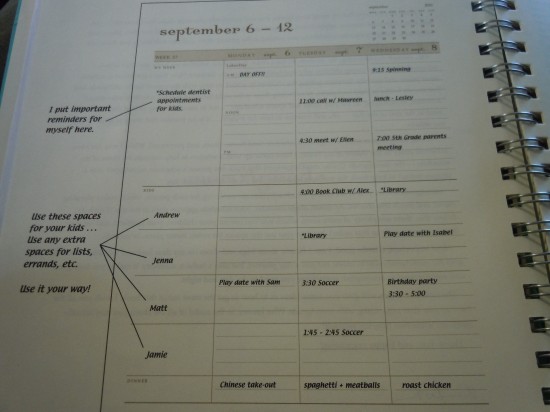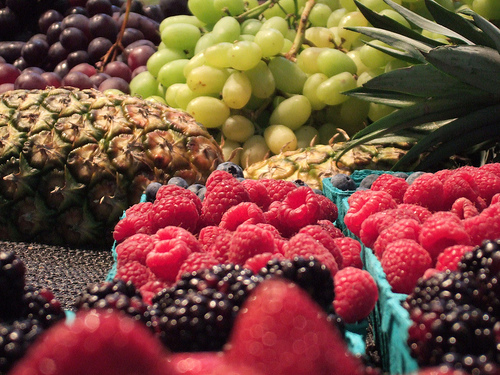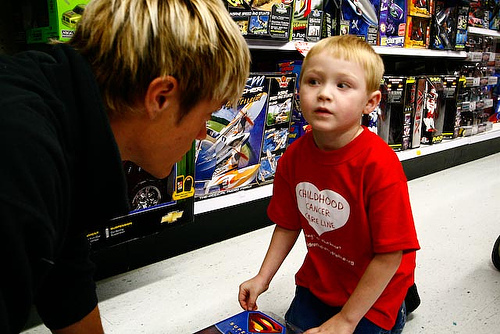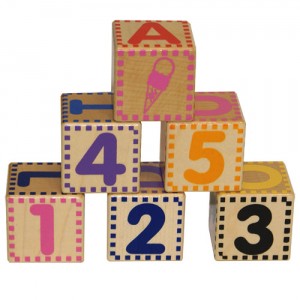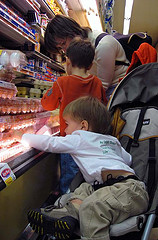Parents need not have modeling dreams for their children to care about guiding their children about fashion. Each child will develop his or her own fashion sense, sooner or later. Parents can lead them towards that by providing sensible guidance towards that development. This guidance of course will have to be tempered by respect for a child’s individuality.
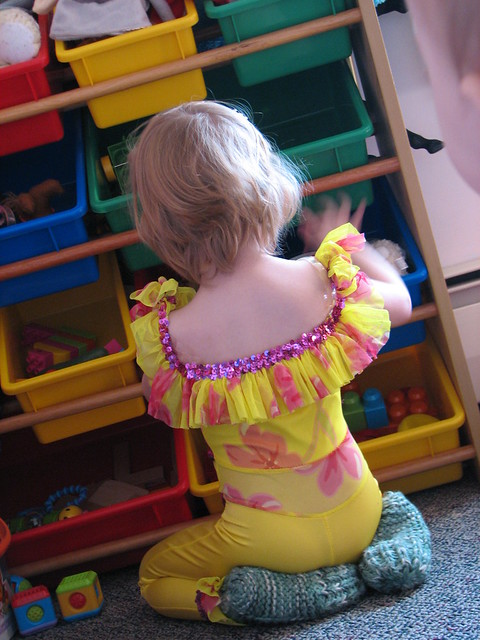
[Read more…] about Guiding Children to Develop Their Own Fashion Sense
Originally posted on December 27, 2013 @ 3:18 am

